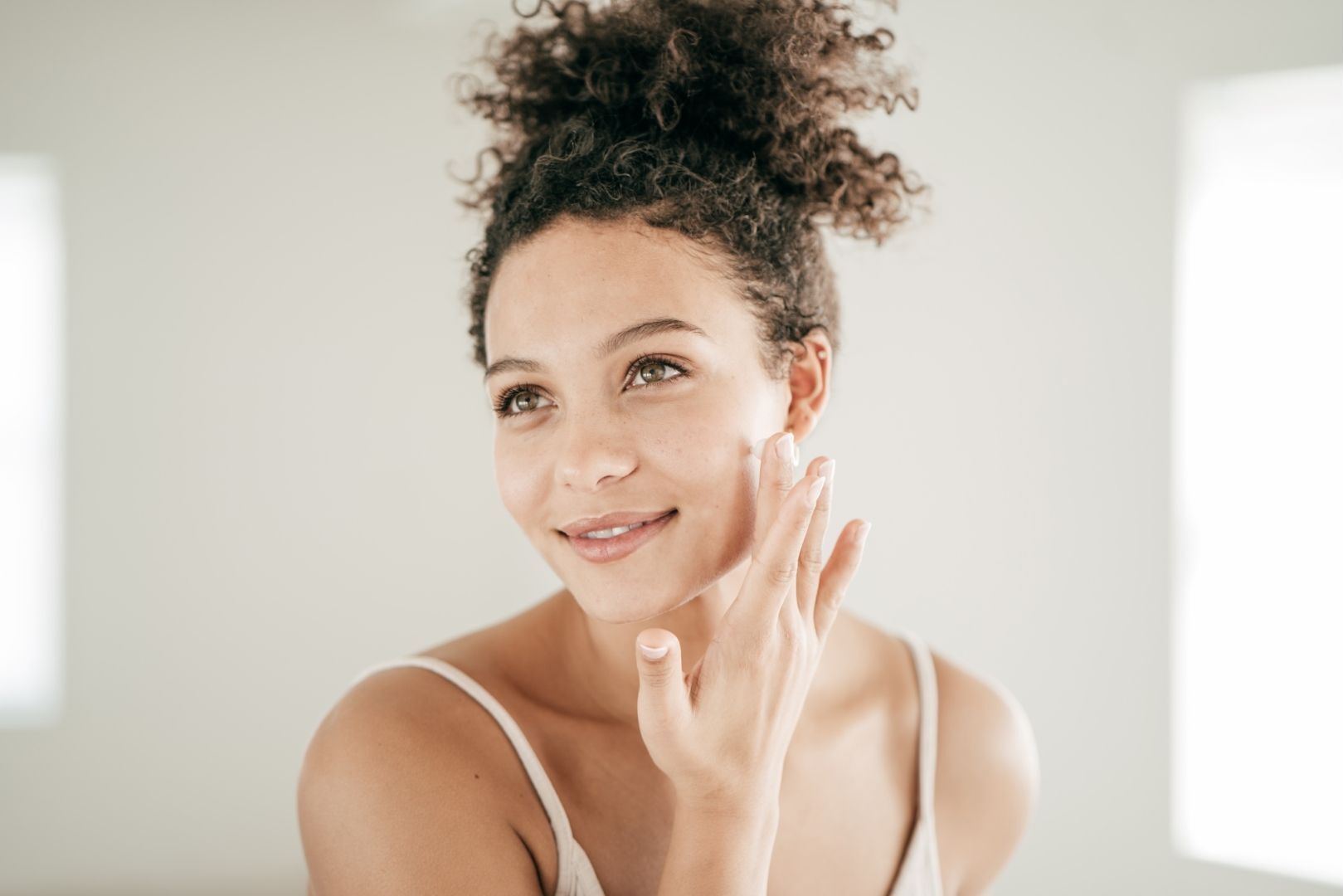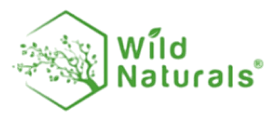

When it comes to eczema, you’re probably willing to anything to help the itch, the pain, the scabs, and the redness. No one wants the irritated skin that comes along with eczema—but it’s even less welcome on your face. For starters, there’s no hiding it! Have no fear, there are ways to help soothe it and makes it less noticeable, so you can still enjoy being confident with your skin when you leave the house.
The Face Eczema Facts
While you may think of eczema as one health condition, it’s actually an umbrella term for a cluster of similar skin diseases that cause your skin to become itchy, red, and swollen. More than 31 million people deal with some form of eczema in the United States, according to the National Eczema Association.
The skin on your face is much more delicate than the skin on your body, so it requires more care and extra gentle ingredients. But to treat the problem, you need to establish that your dry skin is indeed facial eczema and not, well, regular dry skin.
Here, we explain how to tell if you have eczema on your face, what may be causing it, and the affordable over-the-counter products that can help you treat it ASAP. It can be tricky to distinguish the difference between eczema and dry skin—both are dry, both can be itchy, and both can be irritated with harsh products.
The key difference? Eczema usually flares up as patches in specific areas, like around your eyes or nose. On the body, eczema often surfaces in the creases of your arms or knees.
Other telltale signs of eczema include swelling, redness, and flakes. Or, eczema looks angrier. There are different types of eczema, according to the National Eczema Foundation, including ones you might find on your face:
Atopic dermatitis may show up on the cheeks and come along with asthma and/or hay fever
Contact dermatitis is associated with a specific allergen, like a harsh detergent or fragrance your body doesn’t like
Seborrheic dermatitis is common on the nose and scalp and linked to a yeast
Experts aren’t 100 percent sure what causes eczema at its root, but it likely starts with a genetic predisposition and is then triggered by things like cold weather, hot showers, bacteria, stress, yeast, and hormonal changes (that’s why people sometimes experience flare-ups during pregnancy).
How to Treat Eczema on Your Face
It’s common and generally safe to treat body eczema with topical steroids, but you need to be careful applying the same products to your face. Steroids can thin your skin if used improperly.
That’s why it’s important to start with more mild, moisturizing products, then go from there. The goal is to restore the barrier function of your skin without causing more irritation.
One extra challenge when treating facial eczema: You probably use a lot of products on your face that you don’t use on your body, and some of those products aren’t the best choice when tackling a flare-up. Avoid any potentially irritating products (like retinoids and glycolic acid) that can increase inflammation.
We love reducing wrinkles, dark spots, and saggy skin just as much as anyone else, but eliminating facial eczema should be your number one priority. Eczema is a medical condition that can turn into an infection if untreated.
Ready for your super approachable treatment plan? Keep your routine simple and hold off on makeup during a flare-up—no eye shadow if you have eczema around your eyes or lip stains if it’s on your lips. After taking a lukewarm shower (hot water will dry out your skin even further), apply a fragrance-free moisturizer as soon as you dry off when your skin will absorb it better.
Any time you decide to try a new product, do a patch test. Apply a pea-sized amount to your wrist and monitor it for any allergic reaction after 24 hours. For the best and natural skin care to help keep your face eczema at bay, visit the Wild Naturals online store today!


